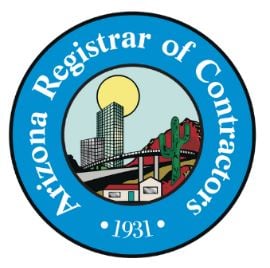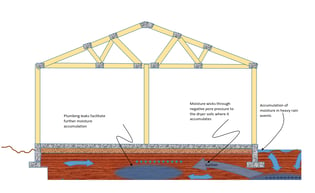The job of the regulating municipalities is to protect the public with reasonable oversight, balancing risks and costs.
Currently there is no oversight for ensuring that the project has been correctly diagnosed and that recommendations are made based on evidence based conclusions. For this need see my blog http://www.foundationaz.com/proper-investigations/the-foundation-repair-industry-and-engineering-principles.html
Currently, there is a requirement for a soil report to be performed on every project requiring helical or push piles. The report currently is required to include soil boring s for helical piles. Per my last blog, IAPMO recognizes the prescriptive nature of foundation repair gives an appropriate compensating factor of safety without soil borings. We should support this effort for the following reasons:
· The borings rigs on developed residential lots rarely provide access close enough to give useful results. At most you might drill somewhere near the street (where there are many utility easements and associated risks), when many times, the work is in the back yard. This variance produces a larger delta than the variance of the information returned from pile information.
· The pile design for light residential loads in independent of soil conditions. Loads and footing spans affect pile design and spacing, however the soil types and conditions rarely affect pile design on residential lightly loaded structures.
· Unknown conditions such as cobbles or other conditions can also be accounted for with pre drill clauses in order to reach minimum bearing depth.
· The concern that the piles could lock up in a hard lens directly over a soft one could also happen to a drill boring, not appreciably making a substantial difference.
· This is concern is considerably reduced since most piles in residential applications end up with safety factors in the 6-10 times range since the spacing of the piles is governed by the span of the grade beam.
· Special conditions such a karst or mining tunnels can be addressed by the EOR with his judgment of local conditions and making the call if exploration is needed.
· The EOR can also determine if the structure is experiencing serviceability issues vs structural failure. If the original design load path is still functioning, it can act as a redundant load path that will still function even if the pile system fails. In which case serviceability problems would return, but not structural failure.
· An alternate means and method of requiring special inspection through installation torque or pressures accomplishes the capacity verification with a great degree of accuracy using the very conservative code torque and pressure factors.
· It is not good practice nor ethical to require borings on paper, when almost no one is following this in residential retrofits. This disconnect leaves installers as risk for not following requirements on paper.
· Because of this disconnect and the realization that the paper requirements are excessive and have little benefit, many homeowners and installers are bypassing the permit process altogether with little to no oversight. This does not help the industry either.
It is time for code officials everywhere to recognize what oversight actions truly benefit the public and align with those practical and effective measures.







